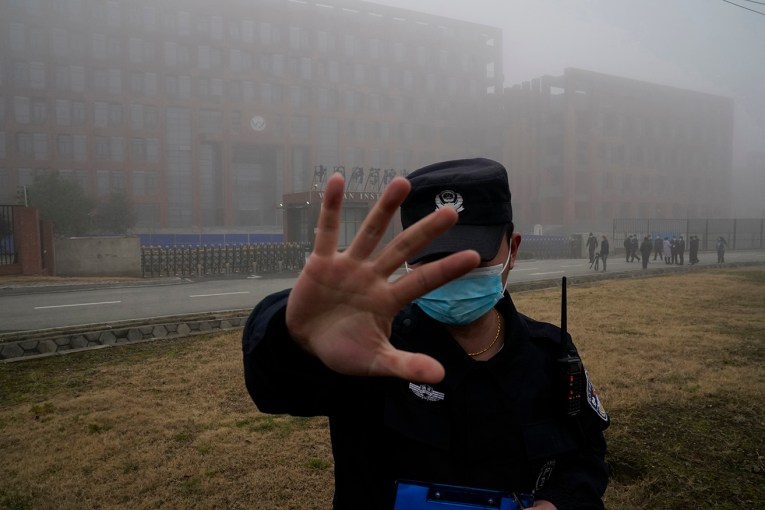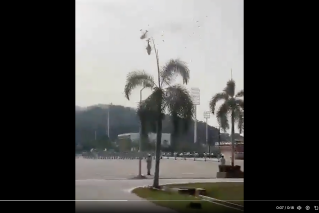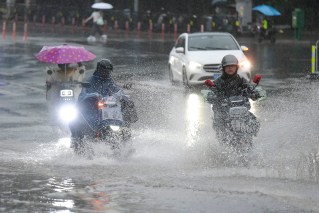Japan quake toll rises to 62, more tremors likely
A series of powerful earthquakes that hit western Japan left at least 62 people dead and damaged thousands of buildings, vehicles and boats as officials warned more quakes could lie ahead.
Aftershocks continued to shake Ishikawa prefecture and nearby areas a day after a magnitude 7.6 temblor slammed the area on New Year’s Day.
The damage was so great that it could not immediately be assessed. Japanese media reports said tens of thousands of homes were destroyed.
Water, power and cell phone services were still down in some areas.
Two of the latest reported deaths came from Suzu, where the death toll grew to 22, according to city officials. In nearby Wajima city 24 people died.
Although casualty numbers continued to climb gradually, the prompt public warnings, relayed on broadcasts and phones, and the quick response from the general public and officials appeared to have limited some of the damage.
Toshitaka Katada, a University of Tokyo professor specialising in disasters, said people were prepared because the area had been hit by quakes in recent years. They had evacuation plans and stocks of emergency supplies.
“There are probably no people on earth who are as disaster-ready as the Japanese,” he told The Associated Press.
Japan is frequently hit by earthquakes because of its location along the Ring of Fire, an arc of volcanoes and fault lines in the Pacific Basin.
Katada warned the situation remained precarious and unpredictable. A March 2011 quake and tsunami in northeastern Japan had been preceded by other quakes.
“This is far from over,” Katada said.
Japanese media’s aerial footage showed widespread damage in the hardest-hit spots, with landslides burying roads, boats tossed in the waters and a fire that had turned an entire section of Wajima city to ashes.
Japan’s military dispatched 1000 soldiers to the disaster zones to join rescue efforts, Prime Minister Fumio Kishida said Tuesday.
“Saving lives is our priority and we are fighting a battle against time,” he said. “It is critical that people trapped in homes get rescued immediately.”
A quake with a preliminary magnitude of 5.6 shook the Ishikawa area as he was speaking. Quakes continued to rock the area, reaching more than 100 aftershocks over the past day.
Nuclear regulators said several nuclear plants in the region were operating normally.
On Monday, the Japan Meteorological Agency issued a major tsunami warning for Ishikawa and lower-level tsunami warnings or advisories for the rest of the western coast of Japan’s main island of Honshu, as well as for the northern island of Hokkaido.
The warning was downgraded several hours later, and all tsunami warnings were lifted as of early Tuesday. Waves measuring more than one metre hit some places.
Still, half-sunken ships floated in bays where tsunami waves had rolled in, leaving a muddied coastline.
People who were evacuated from their houses huddled in auditoriums, schools and community centres. Bullet trains in the region were halted, but services was mostly restored by Tuesday afternoon. Sections of highways were closed.
Weather forecasters predicted rain, setting off worries about crumbling buildings and infrastructure.
The region includes tourist spots famous for lacquerware and other traditional crafts, along with designated cultural heritage sites.
US President Joe Biden said in a statement that his administration was “ready to provide any necessary assistance for the Japanese people.”
-AAP








